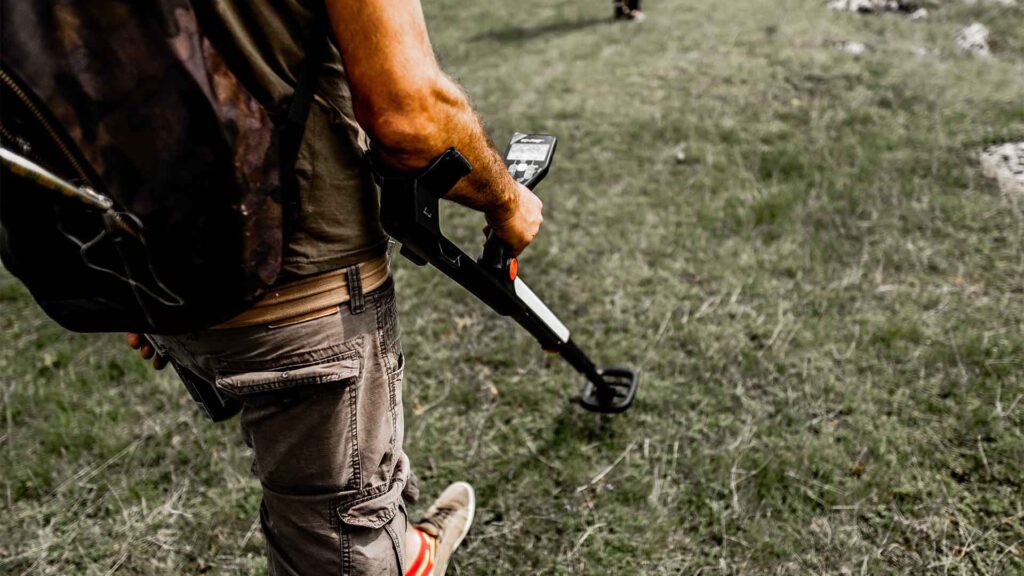In the quiet landscapes of Jomfruland, a Norwegian island, a family’s search for a lost earring led to an astonishing discovery. While combing their backyard with a metal detector, they unearthed two ancient brooches.
These artifacts, hidden for centuries, offered a tangible connection to Norway’s rich Viking past. Little did they know, their casual search would open a window into a historical era marked by exploration and conquest.
The Viking Brooches: A Glimpse into History
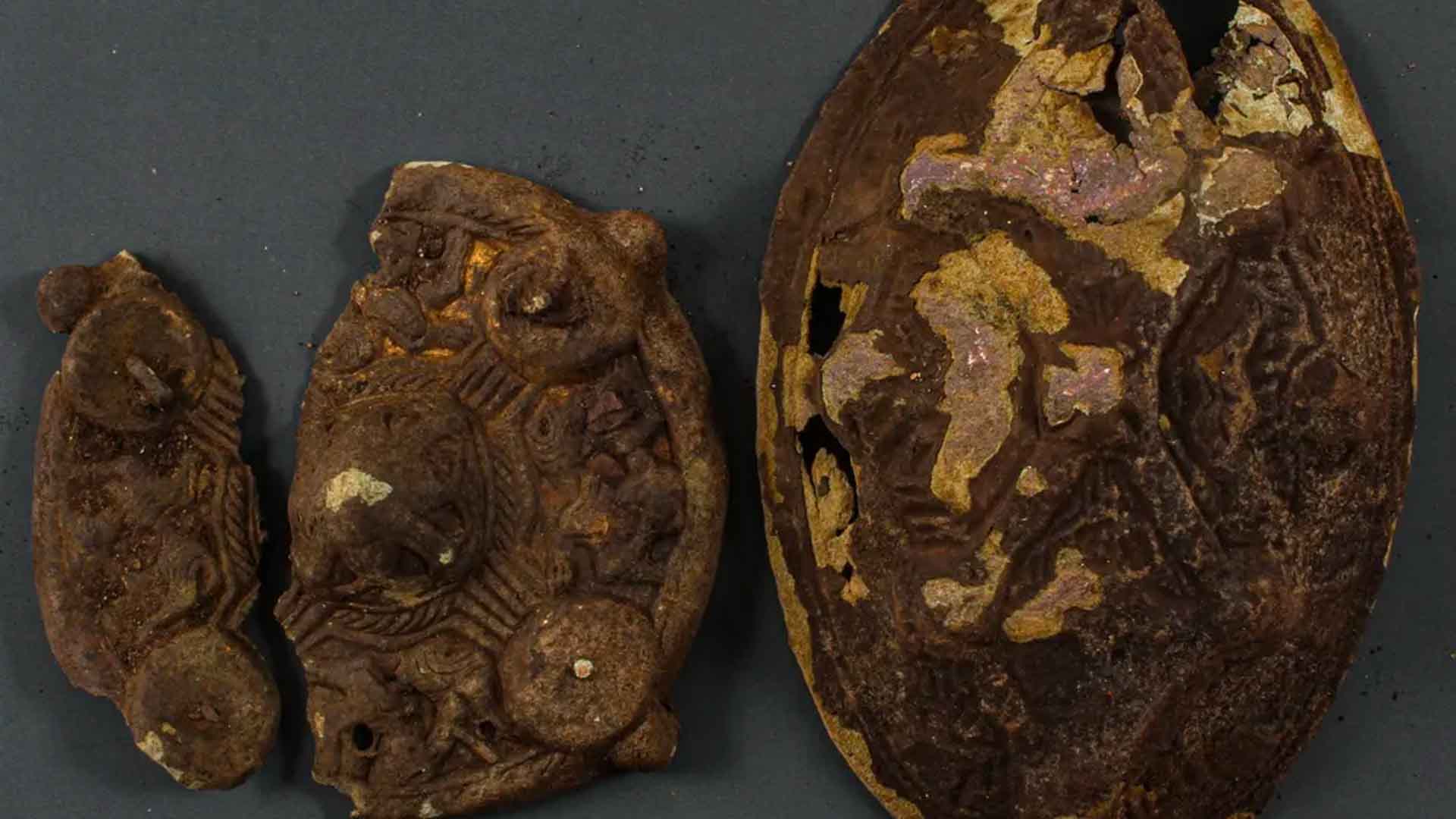
The unearthed brooches, made of bronze and engraved with intricate designs, tell a story of craftsmanship and style from over a thousand years ago. One, oval-shaped, was likely used to fasten a woman’s dress, while the smaller circular brooch had a more mysterious purpose.
Both featured elaborate animal motifs and geometric patterns, hinting at the artistic expression prevalent during the Viking Age.
Link to Viking Aristocracy

The discovery of these brooches suggests they belonged to a woman of high status, possibly even aristocracy. Archaeologists speculate that this could be the site of her burial.
If this is true, it’s not just a find of jewelry but a direct link to the lives of the Viking elite.
The Significance of Metal Detecting
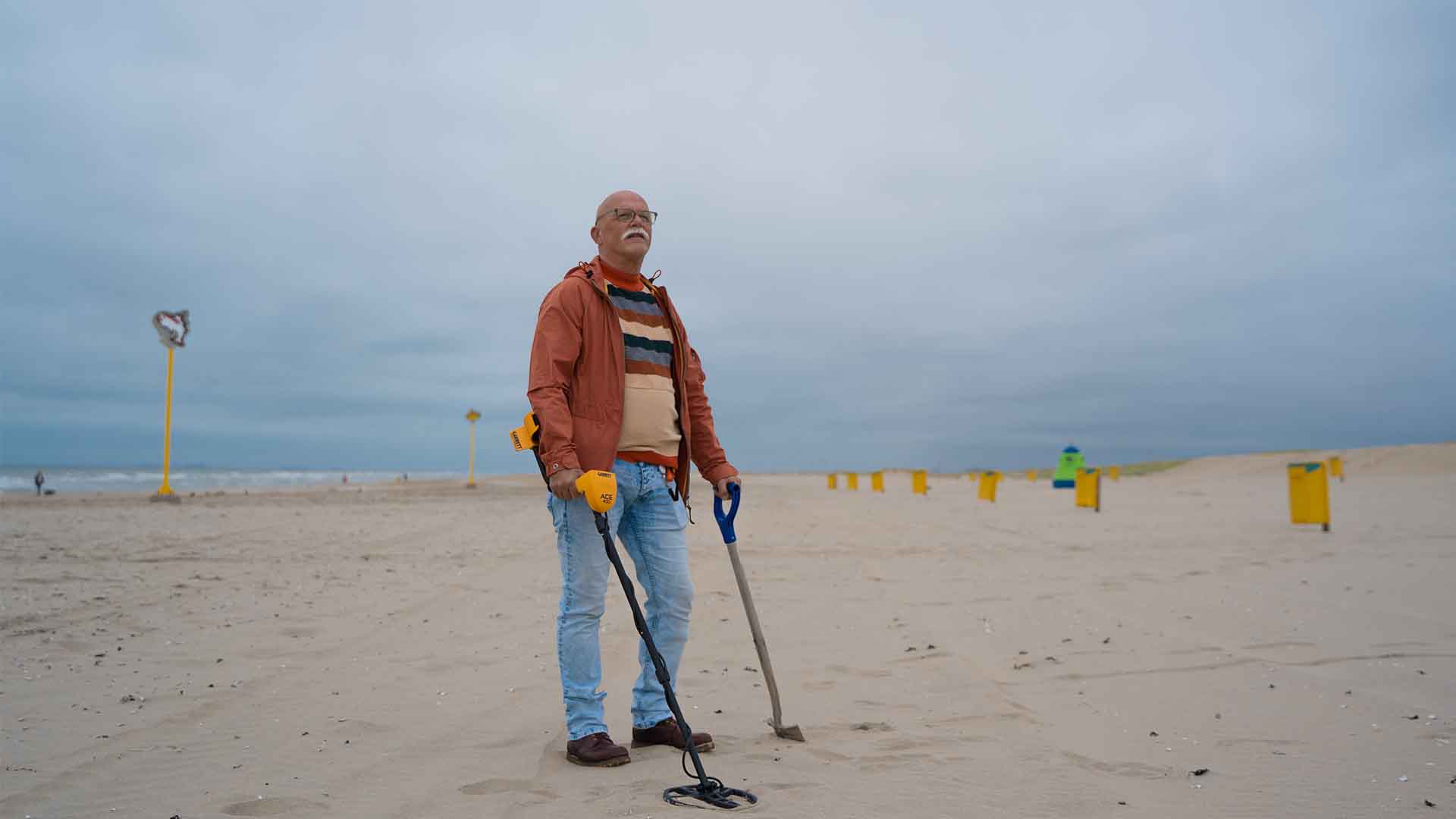
This discovery underscores the value of metal detecting as more than a hobby. It’s a tool that can unearth lost chapters of history, bringing forgotten stories to light.
The meticulous work of detectorists has repeatedly proven to be a good option for uncovering artifacts that would otherwise remain hidden beneath our feet.
Another Norwegian Discovery: Erlend Bore’s Gold
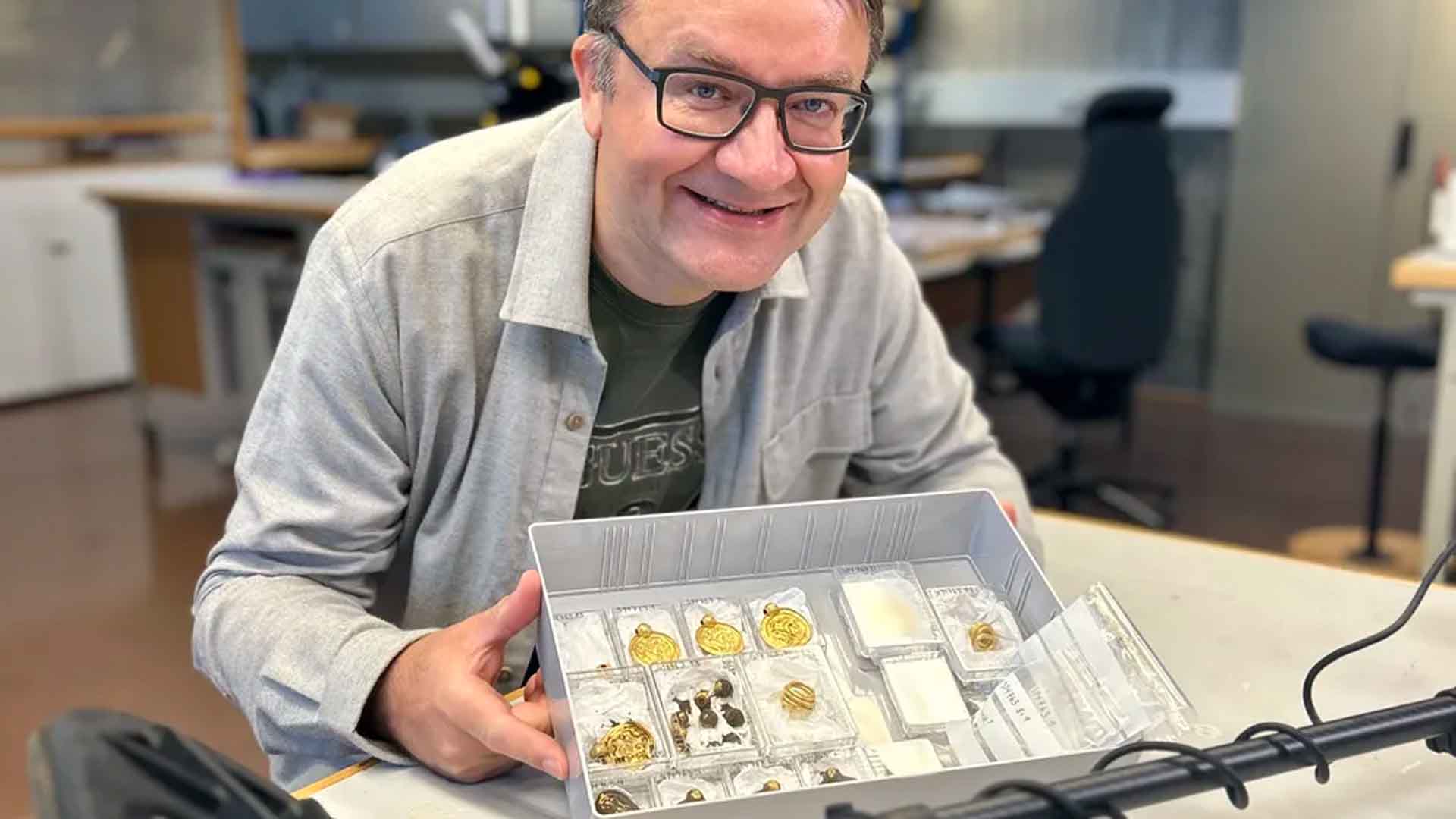
The significance of metal detecting in Norway was further highlighted when Erlend Bore, a novice enthusiast, discovered a trove of 1,500-year-old gold jewelry on Rennesøy Island.
Even more unlikely is that the find came only a short time after Bore started his metal detecting hobby.
A Somerset Surprise: Medieval Brooch in England
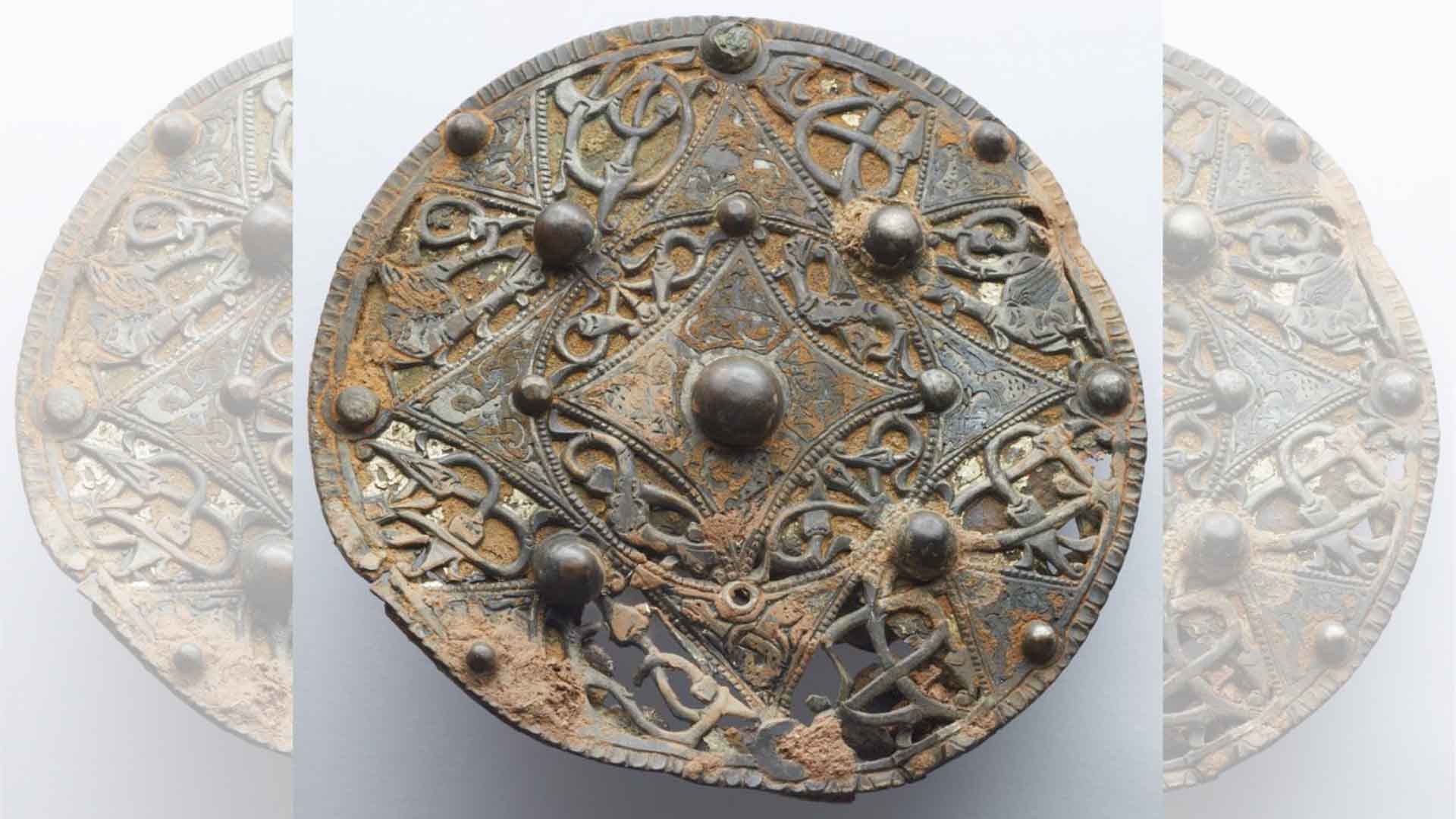
Across the North Sea in Somerset, England, a metal detectorist’s discovery of a rare early medieval disc brooch in 2020 mirrored the Norwegian finds.
This artifact, now on display at the Museum of Somerset, underscores the global impact of these historical discoveries and the shared heritage unearthed by enthusiasts worldwide.
The Preservation Dilemma
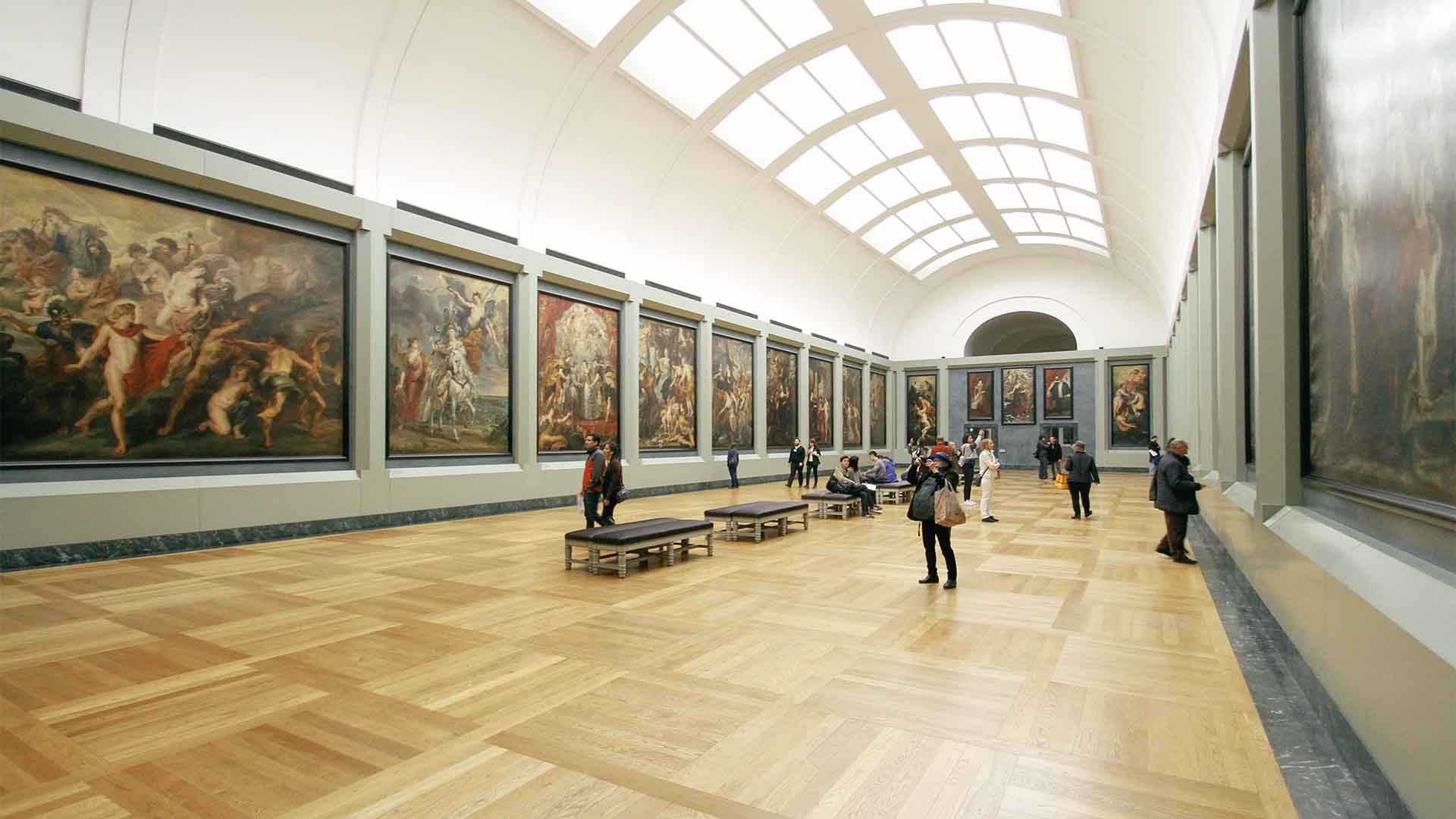
With these remarkable finds comes a significant responsibility. The decision whether to excavate the Jomfruland site or preserve it in-place reflects a broader dilemma in archaeology: the balance between unearthing history and conserving it.
This decision-making process is critical in ensuring that such discoveries are protected for future study and appreciation.
The Cairns of Jomfruland

Prior to this remarkable discovery, Jomfruland was known for its mysterious cairns, believed to be Viking in origin.
The unearthing of the brooches lends credence to this theory, potentially linking these stone piles to markers of Viking land claims or ritualistic sites, deepening our understanding of Viking presence on the island.
Backyard Finds Around the World
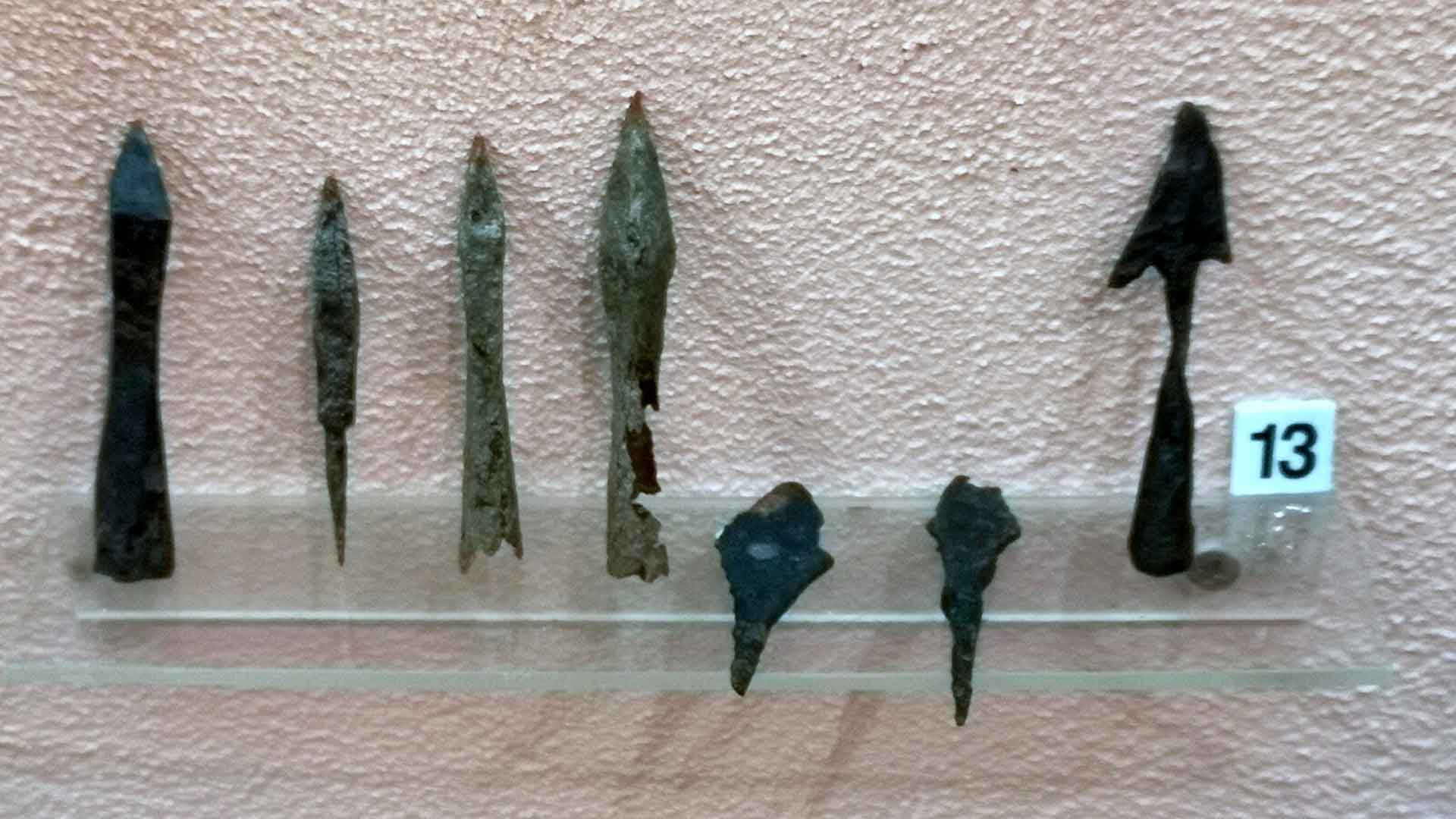
The phenomenon of uncovering history in backyards isn’t unique to Norway.
From Roman coins found in British gardens to Native American artifacts in American backyards, these discoveries highlight the rich tapestry of human history that lies beneath our everyday surroundings.
Public Contribution to Archaeology
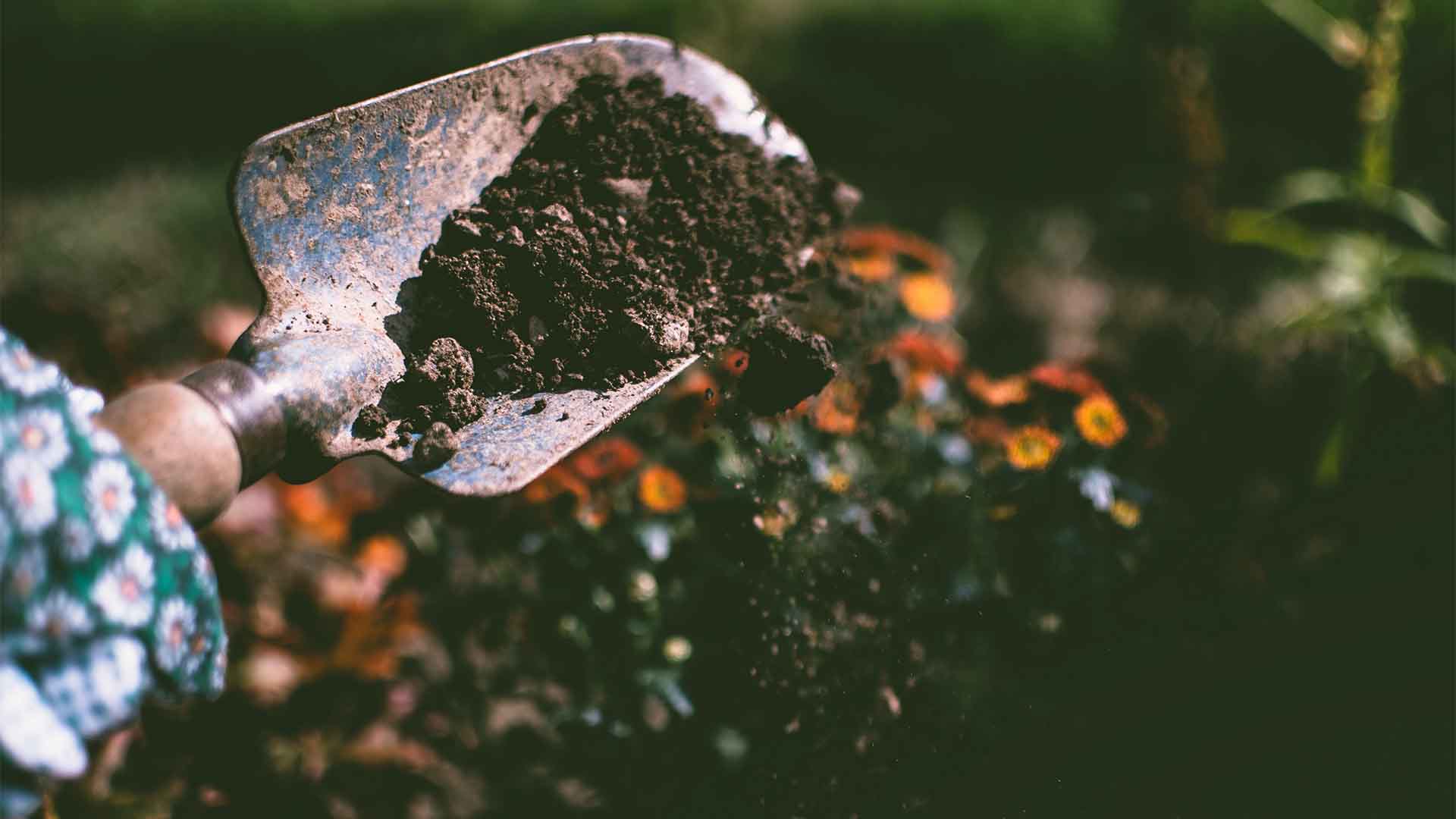
The involvement of the public, particularly through metal detecting, has become a significant aspect of archaeological discovery.
These enthusiasts are often the first to stumble upon historical artifacts, playing a surprisingly large role in expanding our knowledge of the past.
Protecting and Reporting Finds

The importance of protecting these finds cannot be overstated. It’s essential that such discoveries are reported to local authorities, allowing for proper preservation and study.
Legislation in many countries mandates this, ensuring that these pieces of history are safeguarded for future generations.
Continued Mysteries and Future Discoveries
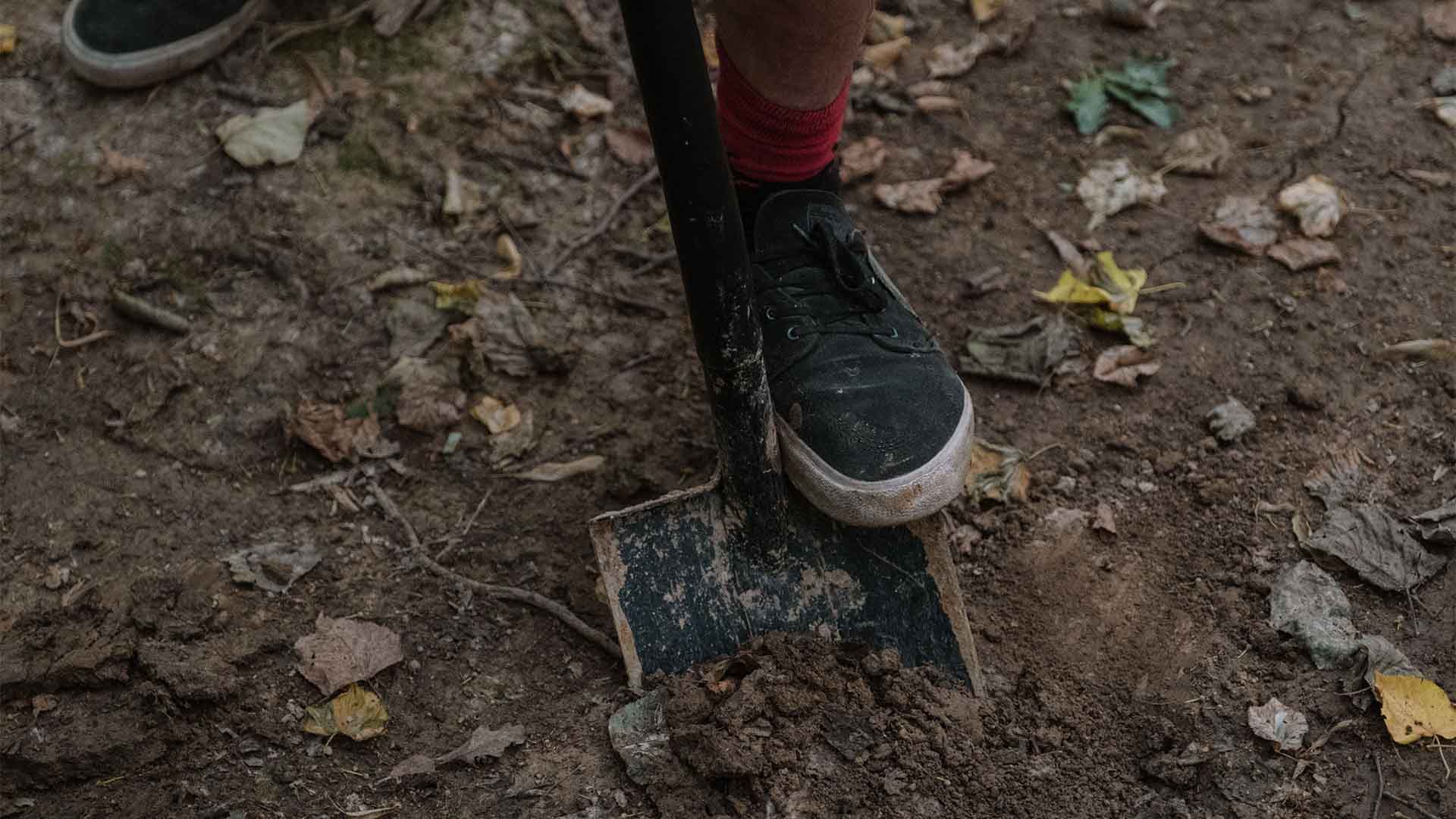
Each discovery, whether in Norway or elsewhere, fuels the excitement for what lies hidden beneath our feet.
It reminds us that history is not just found in textbooks but is waiting to be uncovered in our backyards, holding the potential to reshape our understanding of the past.


